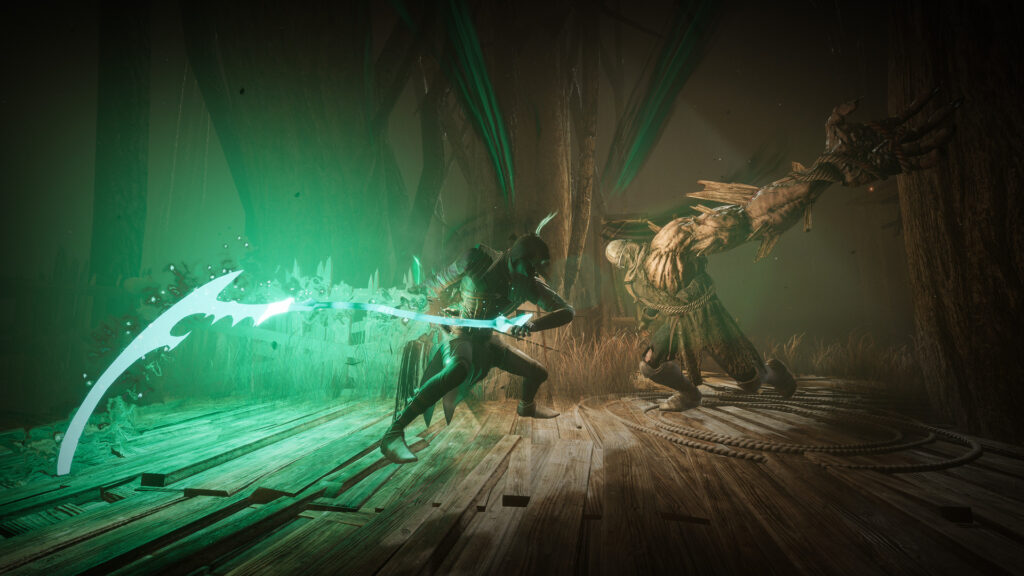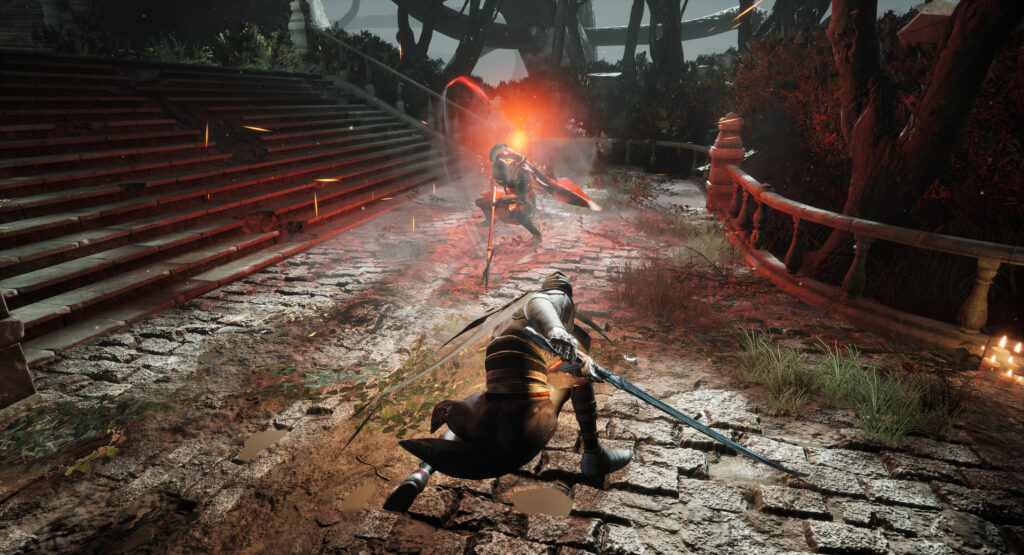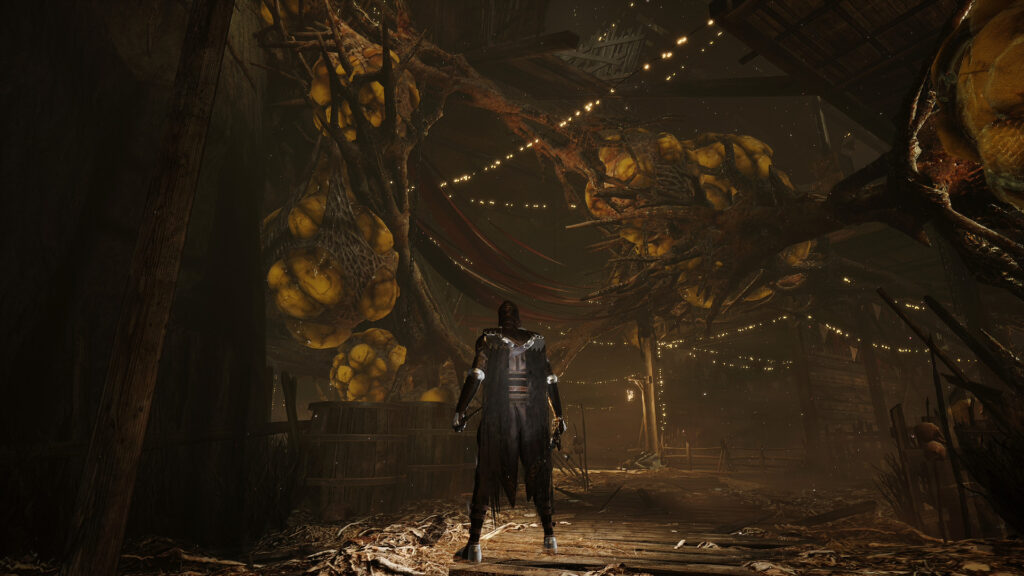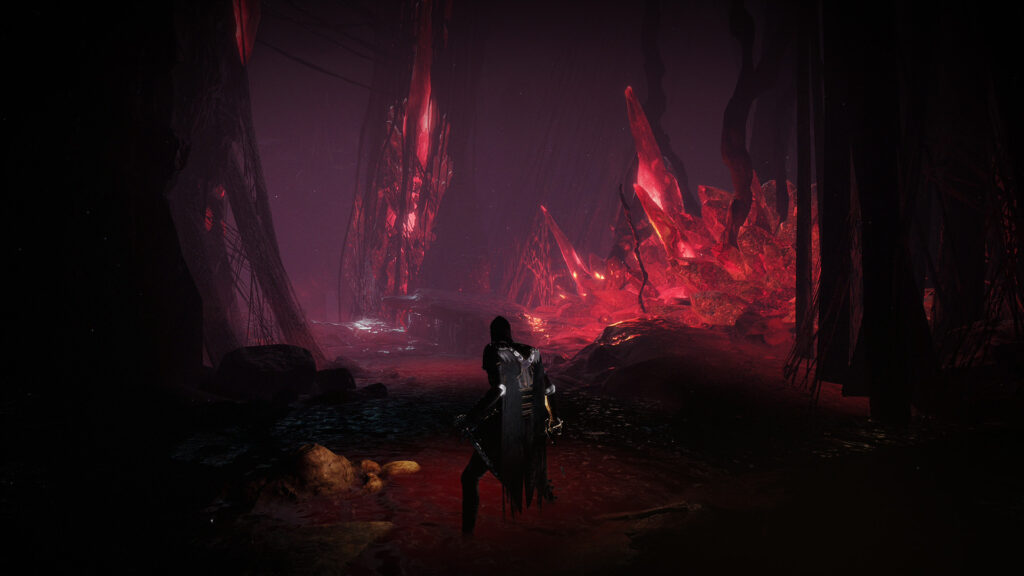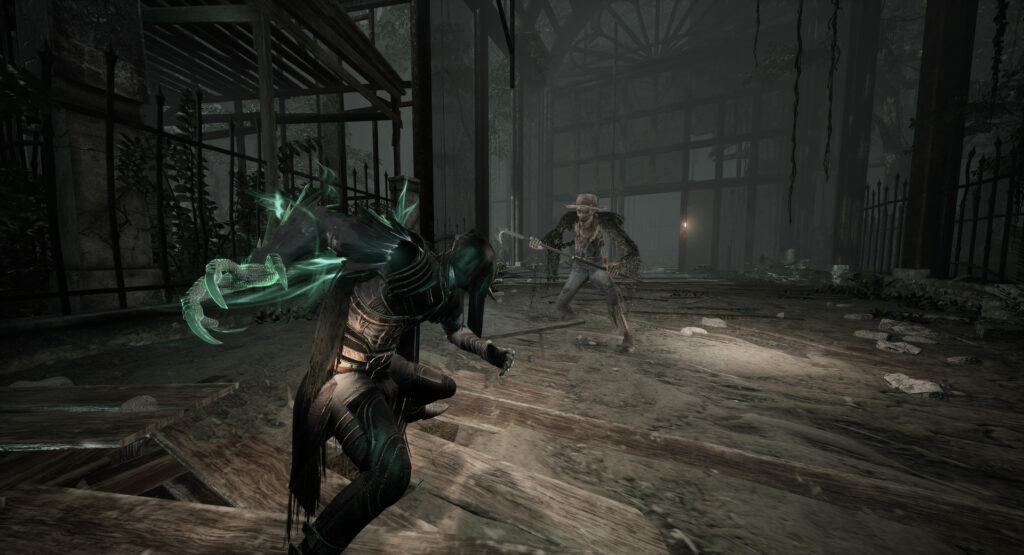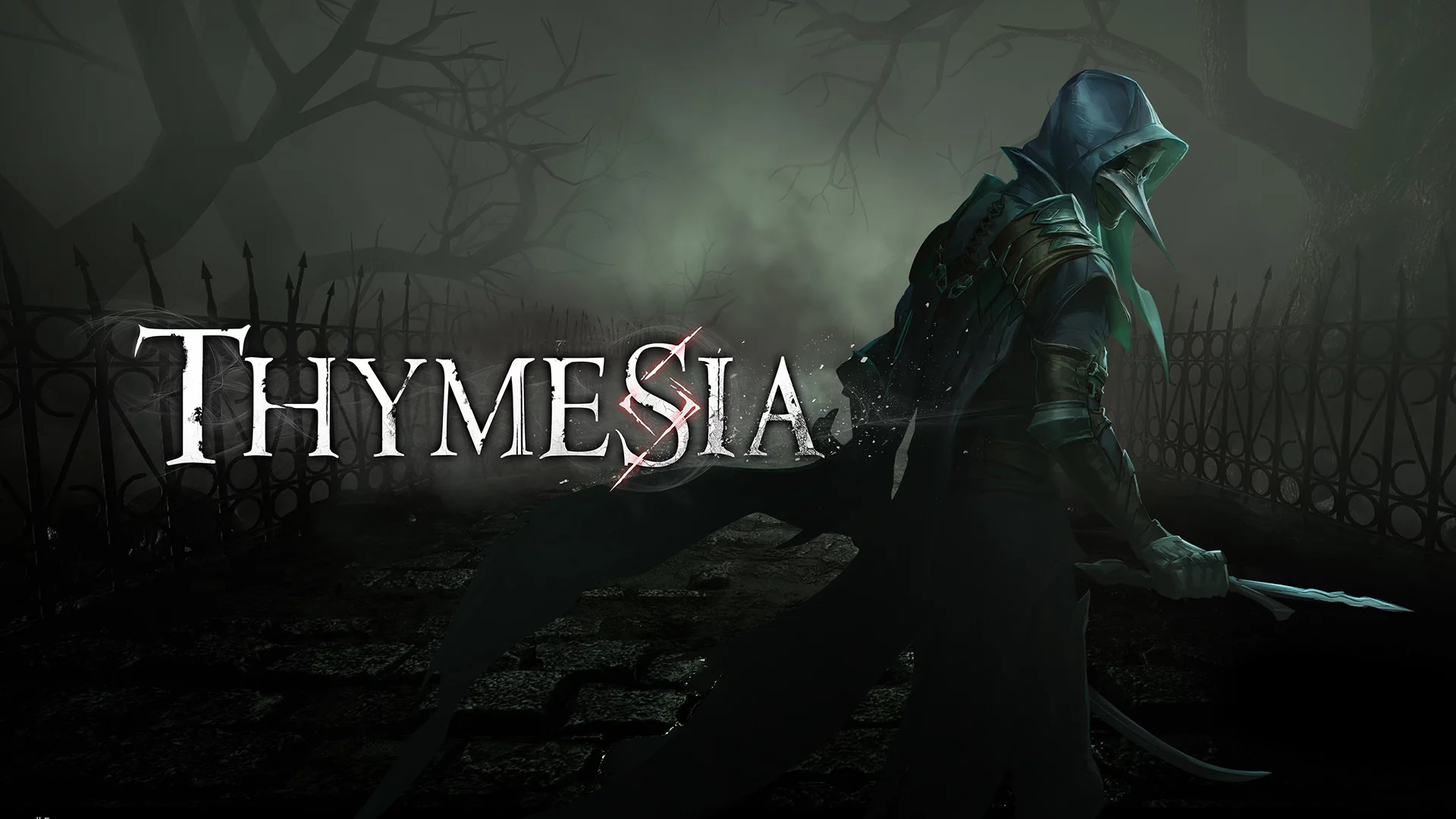
Thymesia (PlayStation 5)
Thymesia, a new action Rpg from developers OverBorder Studio, arrives this week for PC, Xbox Series X/S and PS5. We got our hands on the PS5 version of the game, so let’s dive right in and see if this is one for you.
Thymesia is set in a world consumed by disease and twisted by alchemy that sees you take up the mantle of Corvus, one of the few characters in the title that doesn’t seem to have been driven mad in the pursuit of power or by the disease that ravages the lands.
After the tutorial, Corvus finds himself waking with no memory of the mission entrusted to him or the alchemical formula that can change the state of the world. Before him stands a young girl to guide him through his memories as he pieces together the fragments of the past while overcoming those that became altered by the very power that could save them.
Thymesia’s story is told mainly through the games’ lore, discoverable snippets of information you can find scattered through each stage as well as from NPCs when you present them with certain items. While I’m not against this method, and it’s certainly worked well for similar titles, considering the relatively small scope of the game, there’s a fair bit to find and that’s not always an easy task. Finding said law, however, has two bonuses. For starters, it’s actually relatively interesting and intertwined. The second and more important reason is that it’ll help with guiding you towards one of the games’ multiple endings.
Visually, the title does a good job with the dark title, with areas covered in blood and bodies and showcasing the monsters and environments mutated and destroyed by the overuse of alchemy. The overall bleak and dark tones used make you feel like you are in a world devoid of hope. plus an added bonus Corvus’s appearance as a plague doctor fits well with the story and settings. The one issue I did have was bouts of awful frame rate drops that, while they rarely happened during key moments such as combat, crept up frequently during exploration.
While not as polished or expansive as the titles that clearly inspired it, most aspects of the game fit well together, with nothing, including the mutated people you fight, feeling out of place against the backdrop of the world you’ll be exploring.
The main focus with this title is the gameplay, both in exploring and in combat. While the former of the two is relatively linear, there’s often a secret or shortcut to discover should you look. However, you won’t be heading too far off the trail leading to the stage boss, as most areas simply loop back round or see you drop down to a previously explored zone.
Combat is where the game shines the most. However, unlike most souls-like or souls-inspired games, the first thing you’ll notice is the complete lack of a stamina gauge, allowing for fast-paced combat with you launching attacks and being able to dodge constantly.
The next thing you’ll notice is that every enemy basically has two health bars. The first is white that you chip away with your basic sword attacks, causing wounds and depleting said white bar, revealing a green bar that you deplete with claw attacks. Should you not lower these quickly enough, the white wound damage regenerates to the cap of the green bar.
For most mobs, this poses little issue as you hack through them relatively quickly by combining attacks. It does become somewhat more of an issue with “elite” enemies, as they have more and longer stack patterns that also hit much harder, all while boasting large health pools.
And it becomes much more challenging when it comes to bosses for the exact same reason as the elites, but by a factor of about x5. On the subject of bosses, each one feels like one of two categories for myself: either super easy or insanely frustrating.
One other key note is the plague weapon system. Corvus has the ability to steal a single weapon skill from enemies that offers a range of benefits and can inflict huge damage. A little after learning this, you will start gathering skill shards that can permanently a plague weapon to be used at the cost of plague energy (think of it as mp).
One final note about gameplay I will mention is that there is no equipment in the game aside from the plague weapons that function more as skills. You won’t find any new armour or weapons. Instead, your build will be determined by spending memory shards to increase either your strength, vitality, or plague skill levels, with each of the first 25 levels providing a skill point to spend on new abilities ranging from increased damage to increasing your consecutive dodges, among much more.
While there are much more than 25 skills to learn, causing you to pick and choose, these can be altered at will simply by resting at a beacon.
Overall, I found the game equal parts enjoyable and frustrating, much like any soulsborne game I’ve ever played. I did like the setting and the art direction of the game, even if it wasn’t wholly up to the quality of similar titles. The frame rate issues were a pain and often prominent enough to be more than a little annoying at times. Mostly, I liked the way the title approached combat. It tried something different with the wound system and plague weapons, and I thought they landed quite well.
Summary
Tries some different ideas in the somewhat crowded soulsborne sub-genre, rewarding game to play if you can overlook some of its faults
OGUKJay
Latest posts by OGUKJay (see all)
- Digimon World: Next Order (Switch) - March 9, 2023
- Front Mission 1st: Remake (Switch) - December 9, 2022
- SD Gundam Battle Alliance (Switch) - September 7, 2022

